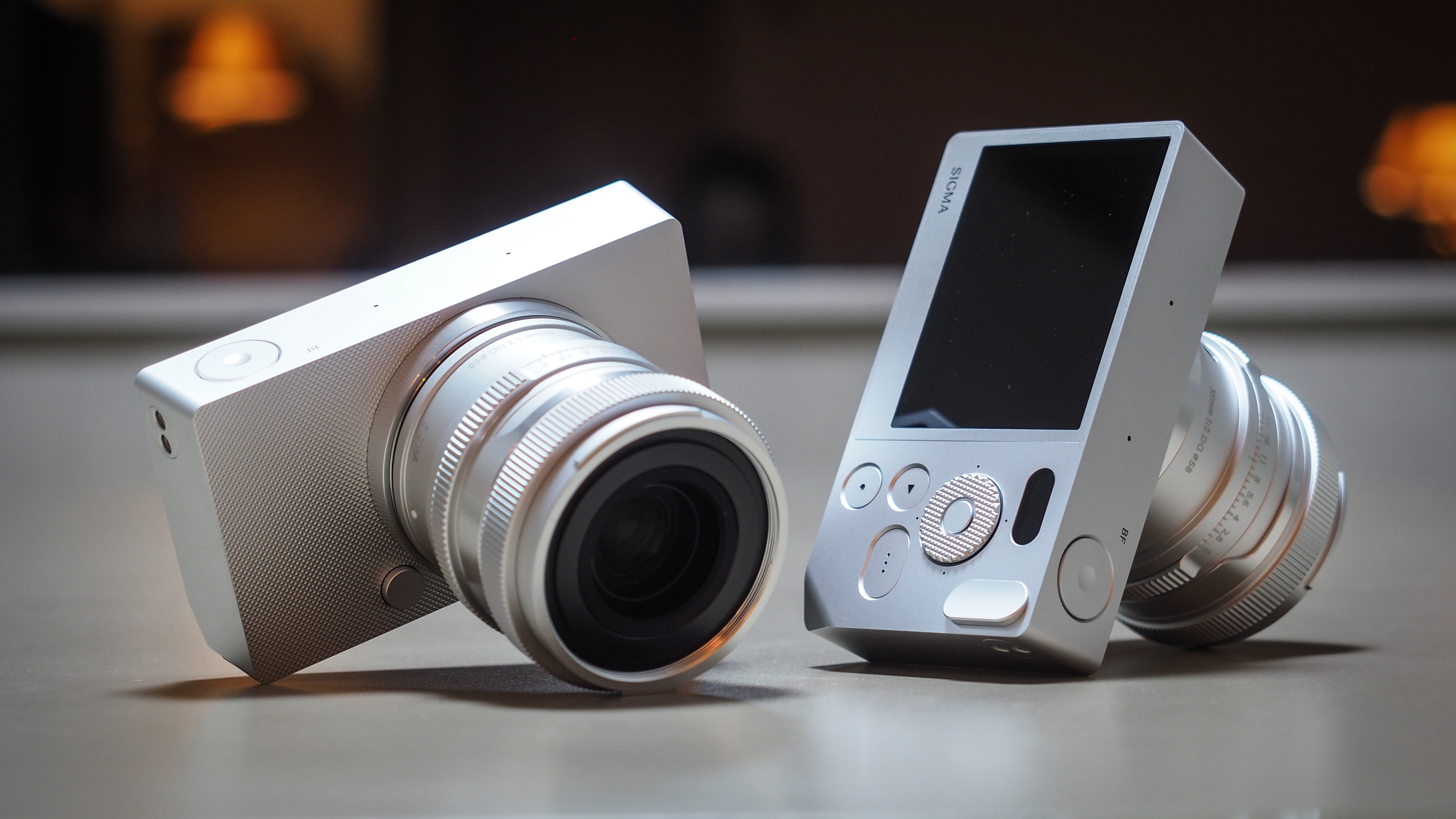13 things camera makers did WRONG!
Camera manufacturers get a lot of things right, but let's face it – sometimes it feels like they make some baffling decisions
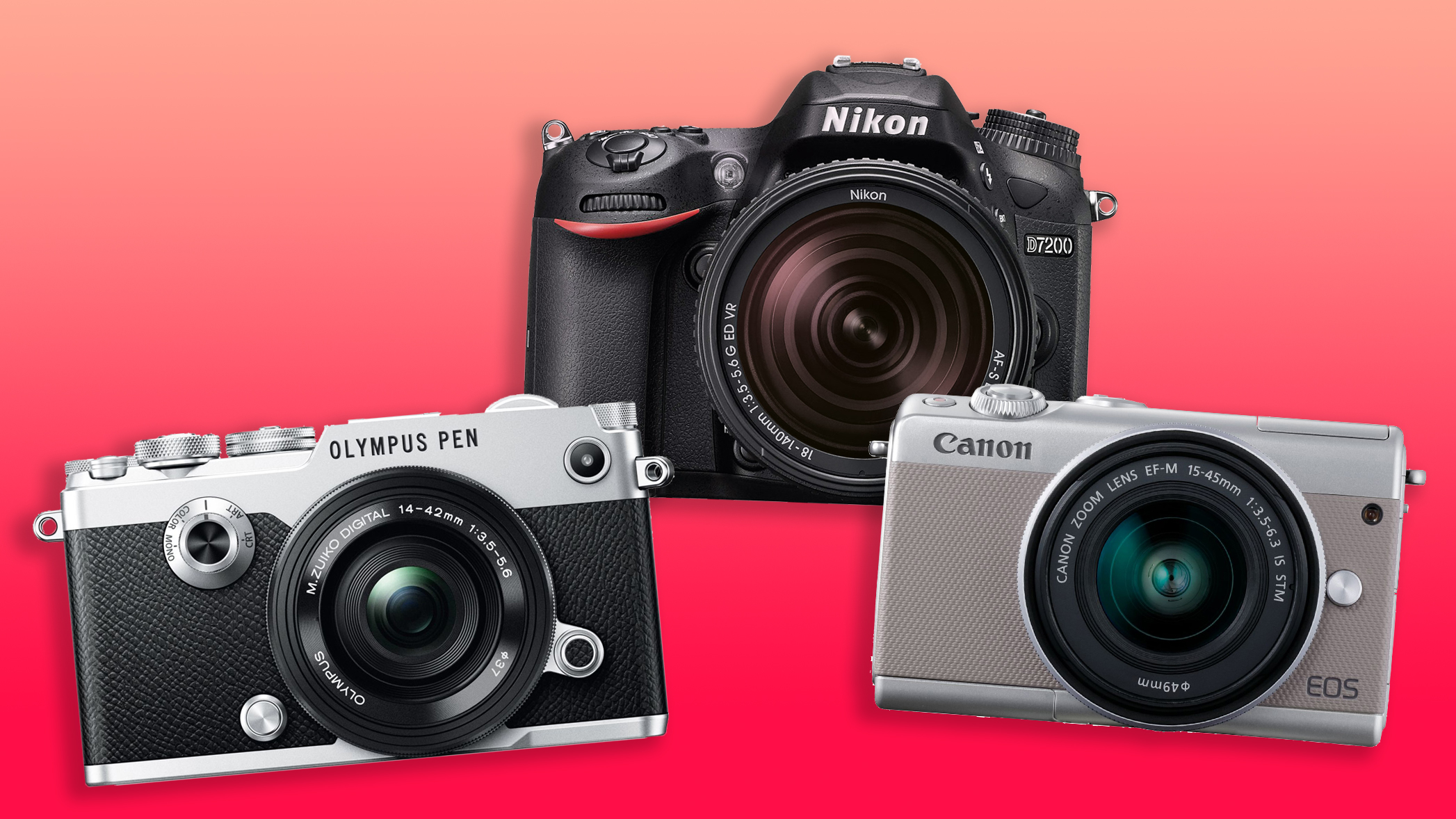
We're not generally a negative bunch at Digital Camera World, nor do we take pleasure in bringing down camera manufacturers. That said, sometimes camera makers really do the strangest things, and we thought we'd look back at some of the things that they've done wrong over the years to try and make sense of the curious decisions.
The best cameras for photography come and go, and we can accept that, but it's often baffling when a genuinely good, reasonably priced and seemingly popular camera gets discontinued. Here, we've taken a trip down memory lane to pull out the things that camera makers have got – in our opinion – wrong.
Whether that's launching a brand new system with few available lenses (we're looking at the Canon APS-C mirrorless here) or withdrawing a fantastic camera before it's time is up (Like the Fujifilm X30), let us have a few grumbles...

1. Canon launching the EOS M100: a horrible camera at any price
On paper the Canon EOS M100 looked like it did everything right, and yet we felt like it was one of worst EOS cameras ever. It was an affordable little beginner-orientated mirrorless camera at the right price and with a decent 24MP APS-C sensor. It had Canon's nice little retracting 15-45mm kit lens and a flipping selfie screen.
There was no viewfinder, but lots of cameras in that sector didn't have one. No, the problem was the handling. The boxy shape looks cute in photos but felt as grippy as a bar of soap. Worse, the dumbed-down mode dial meant you were dependent on the touchscreen even for changing modes. But still, the EOS M100 is history, right? No because Canon thought an M200 would be a good idea, too.
Looking for an affordable Canon? Try the best cheap Canon camera deals.
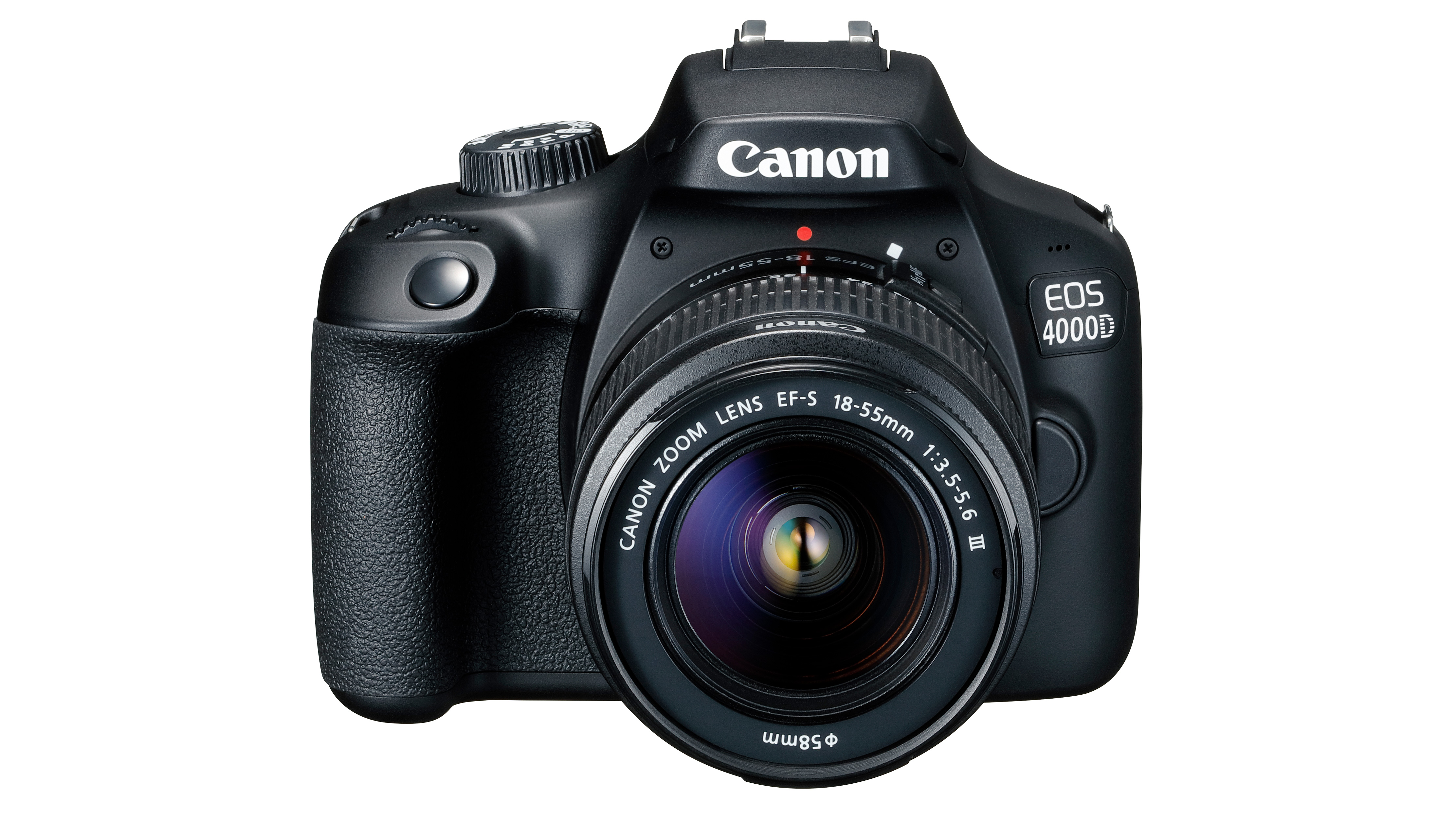
2. Canon launching the Canon EOS 4000D/Rebel T100: another horrible camera at any price
The grim thriftiness of the Canon EOS 4000D/Rebel T100 saw Canon dragging its old 18MP sensor out of retirement (where it should have stayed) and putting it in a cheap-feeling plastic body and giving it bare-bones spec at the lowest price possible. The camera even had a single paint color for the button and dial labels to cut down the cost of two.
Get the Digital Camera World Newsletter
The best camera deals, reviews, product advice, and unmissable photography news, direct to your inbox!
Initially, Canon's determination to cut costs was amusing, even laudable for the beginner market, but then cold, hard reality stepped in. The camera wasn't as cheap as we hoped and it proved nastier to live than we expected. It was launched alongside the almost-as-cheap-feeling EOS 2000D/Rebel T7, and while the T7 survived as Canon's cheapest DSLR the T100 disappeared. Good. The T7 is quite cheap enough, thanks.
So we didn't love the EOS 4000D, but here are the best budget DSLRS.
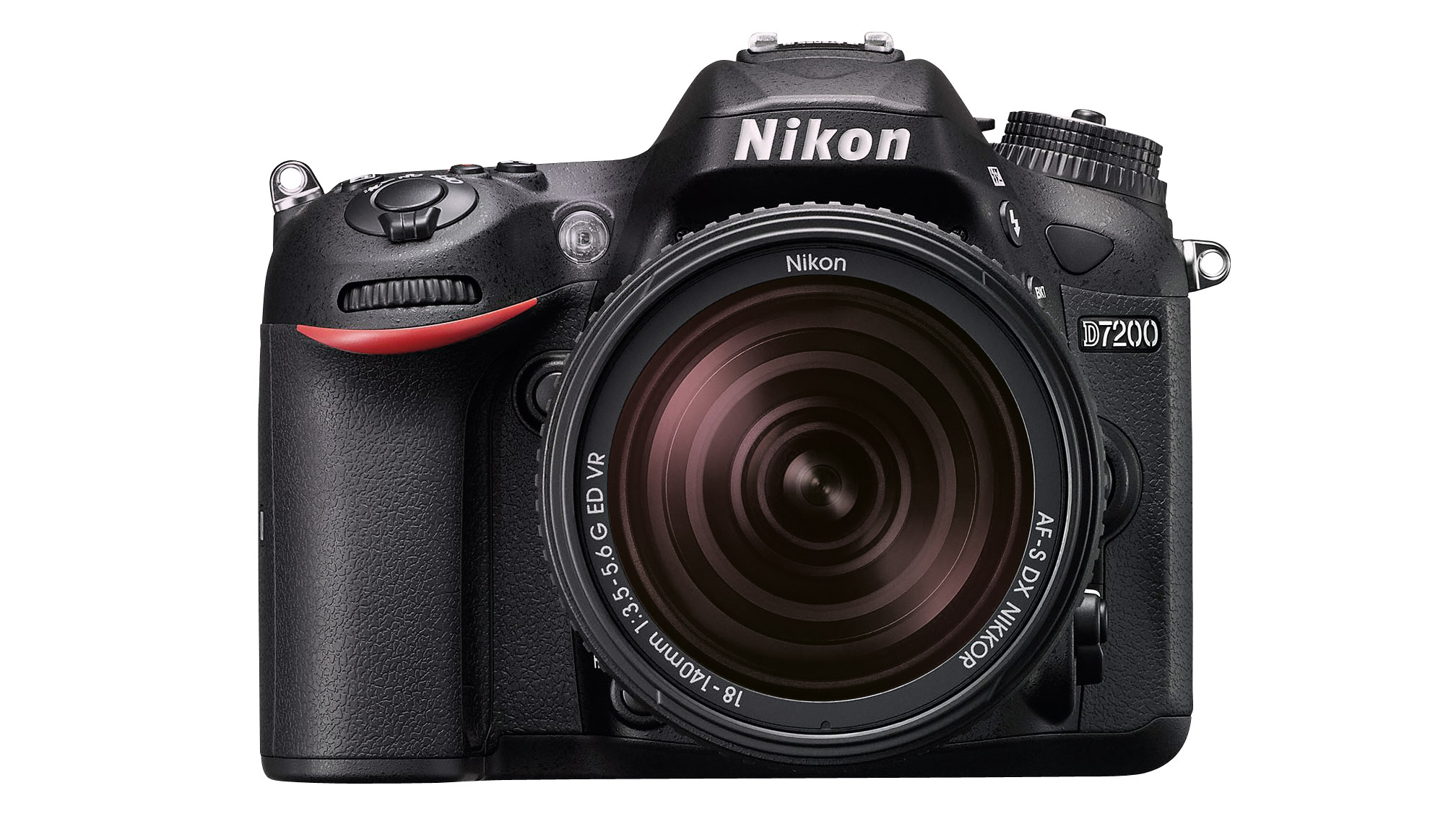
3. Nikon dropping the D7200: the high water mark for its DX DSLRs
It seemed a brave move for Nikon to step away from the 24MP sensors used across its APS-C DSLR range in favor of a newer, faster 20.9MP sensor. The new sensor was somewhat better in low light and ushered in 4K video, but that would only affect some users in some situations, and dropping the resolution just when Nikon's camera range was riding high, looked worrying then and definitely a mistake today. The Nikon D7500, D500, Z50, Z fc and now the Z30 all suffer against their APS-C rivals in that simplest of metrics – resolution.
Even MFT cameras and compacts with 1-inch sensors have 20MP. The D7200 was the last in a line of high-value, high-quality, dependable DSLRs right when Nikon had the enthusiast market in the palm of its hand. It should never have been dropped and its replacement, the D7500, good as it is, never reached the same heights.
These are the best cheap Nikon camera deals
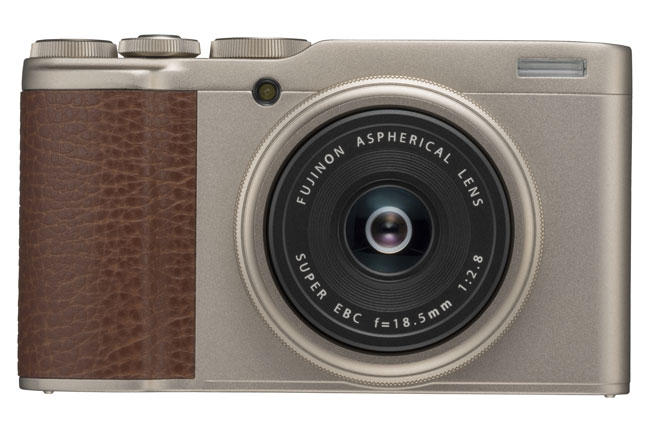
4. Fujifilm dropping the XF10: why?
The Fujifilm XF10 was like a poor person's X100V. It dropped the hybrid optical/electronic EVF – in fact it had no viewfinder at all – and swapped the 35mm equivalent f/2 lens for a 28mm equivalent f/2.8. So it was worse all round, then, right? Not so fast. First of all, the XF10 was half the price and it was also a little bit slimmer – it was a camera you wouldn't mind slinging in a jacket pocket.
The wider-angle lens is arguably more useful in a 'street' camera and certainly an angle of view more familiar to smartphone upgraders. The AF wasn't especially quick – the pancake lens design probably limited the AF actuator design – but then you'd have to be wearing pretty rose-tinted glasses to argue that the X100 cameras were a lot quicker, including the supposedly improved X100V. The XF10 was likeable for its size, price and simplicity but, we suppose, it was the unwanted child in the Fujifilm family. That doesn't seem quite fair.
Wondering, what's the best Fujifilm camera?
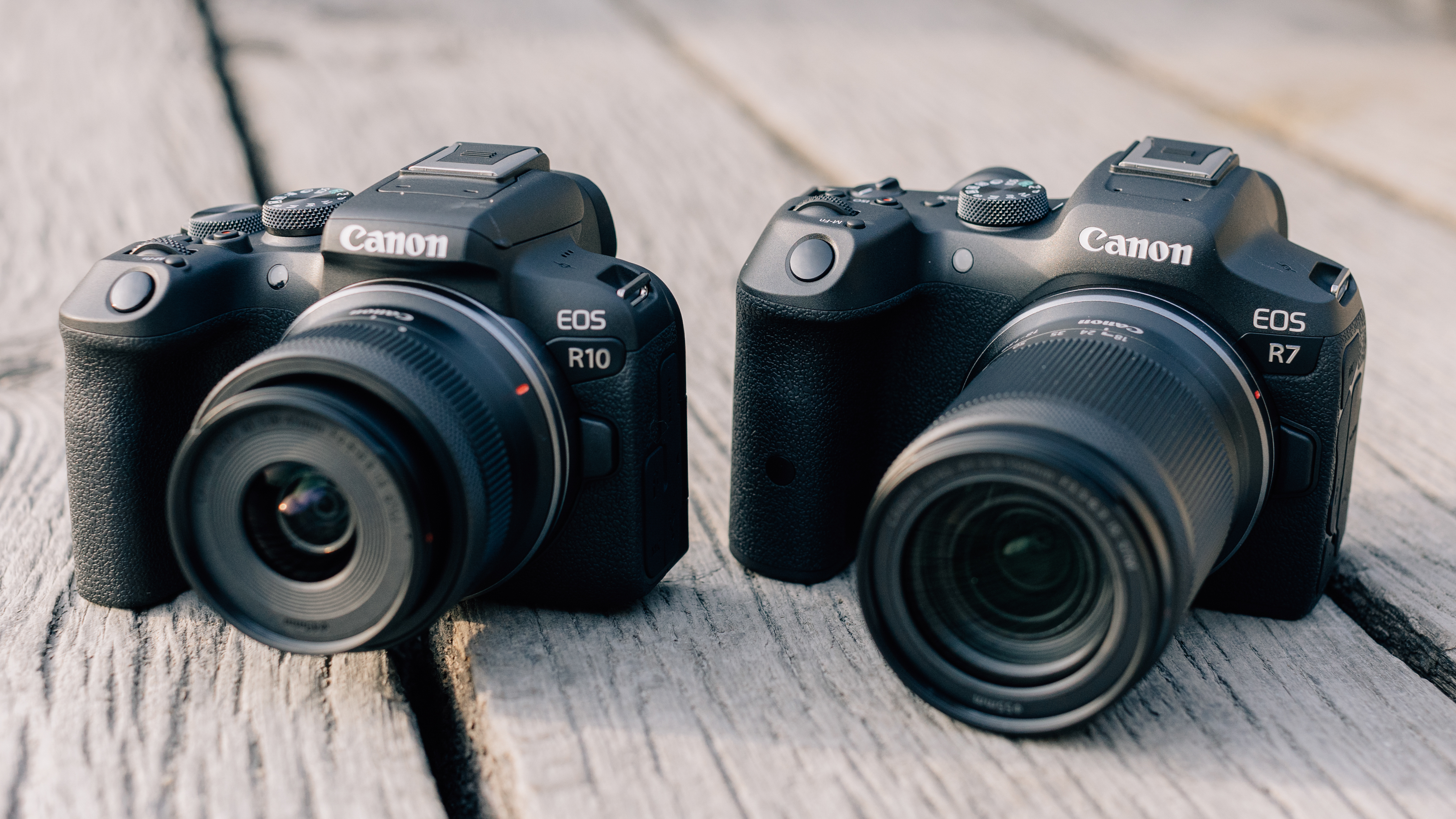
5. Canon EOS R10 and R7 launching with 2 lenses
Am I the only one to think that launching two powerful interchangeable lens cameras with just two far from powerful kit lenses is crazy? Yes, the Canon EOS R10 and Canon EOS R7 can also use full frame RF mount lenses, but this only works if you don't mind a 1.6x crop factor, (mostly) high prices and a dirty great lump of glass hanging off the front of your APS-C camera.
These are not entry-level cameras. These (I hope) are not aimed at folk who will only ever use a kit lens. So where are the wide-angle zooms, where are the pocket-sized primes, where are the constant aperture pro lenses, where are the size-appropriate macros, where are the vlogging power zooms? If Canon is going to make photographers wait a couple of years before they make any RF-S lenses, photographers might decide to wait a couple of years before they buy one.
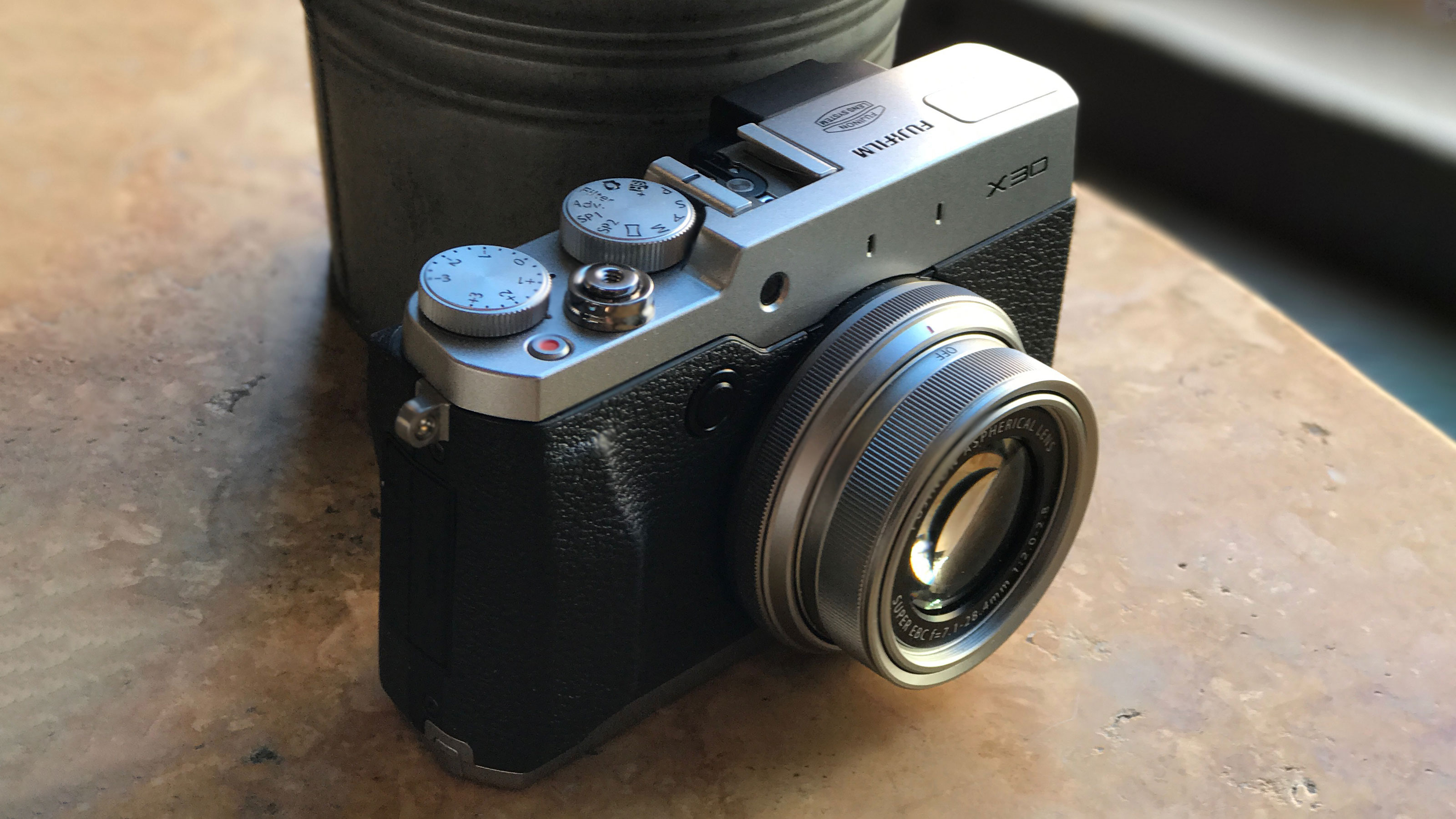
6. Fujifilm dropping the X30
At the risk/certainty of boring everyone all over again about this camera, I'm still upset that Fujifilm dropped the X30 compact. The 12MP resolution was modest but adequate, and while it didn't shoot 4K video, it could do 1080 just fine.
Its key qualities were having the right resolution for the sensor size – so images were pretty clean for a compact and high ISOs were not too bad – a mechanically operated 4x f/2-2.8 zoom that also retracted the lens, both a tilting rear screen and an EVF, optical stabilization a neat lens control ring.
It was a compact camera with a decent sensor, a really good lens and absolutely brilliant handling. It's hard to convey the satisfaction of a mechanical zoom control over the dreary, sluggish whining of motors.
These are some of the best compact cameras that you CAN buy.
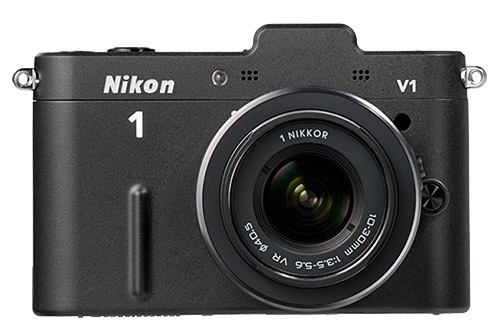
7. Nikon launching then dropping the Nikon 1
There was a lot of sniffy snobbishness about the Nikon 1's 1-inch sensor when it was first launched, as there still is about sensor sizes in general. Apparently it was and still is fine to put a 1-inch sensor in a compact, but not in an interchangeable lens camera. Nikon was brave to try it and suffered the consequences.
But instead of sticking with the classy, minimalist design of the original J1 and V1, it went through successive generations of every more blingy and tawdry replacements. What the original Nikon 1 had that none of the others did was size, simplicity and class. Nikon unfortunately ditched all three, and whatever chance the Nikon 1 format had was gone.
What are the best Nikon cameras?
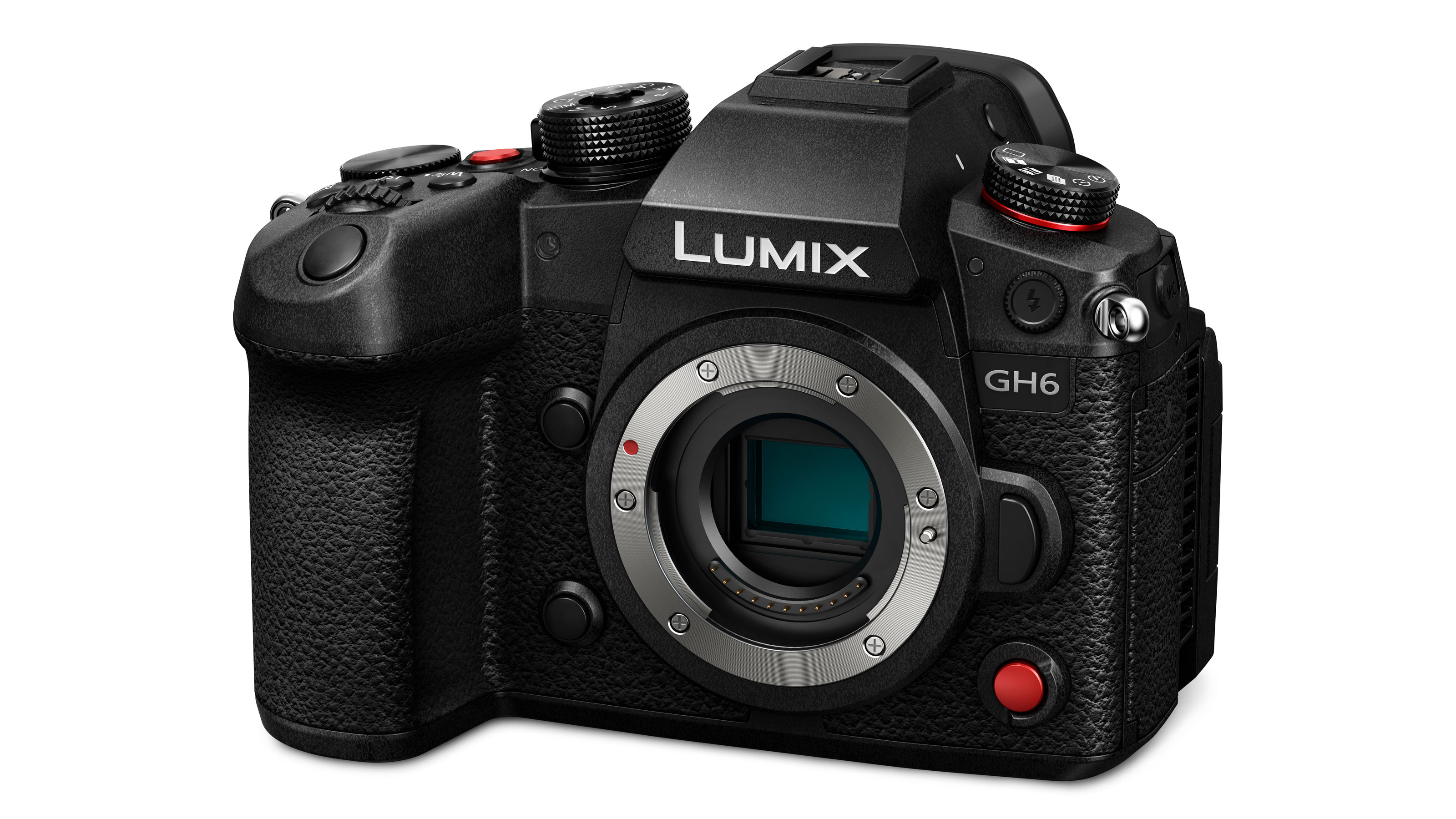
8. Panasonic trudging on with its DFD autofocus
Now personally, I don't mind Panasonic's DFD autofocus. It's brilliantly fast for stills, and I don't shoot the kind of video where its infamous 'flutter' becomes visible. But lots of people do, and Panasonic's DFD system has gained a reputation that must surely be affecting the company's camera sales.
Panasonic has said that it continues to use the contrast-based DFD system because it considers it still to be the best system all round, noting that phase-detect pixels can produce faintly visible artifacts in some situations, for example. Be that as it may, it doesn't matter how good Panasonic makes its cameras when it has this albatross around its neck.
It doesn't even matter any more if DFD's problems are true. Panasonic needs to switch to phase detect AF like everyone else just for the sake of public perception, if only to make sure that great cameras like the Panasonic Lumix GH6 and Lumix S5 achieve the sales they so richly deserve.
The best Panasonic camera might surprise you
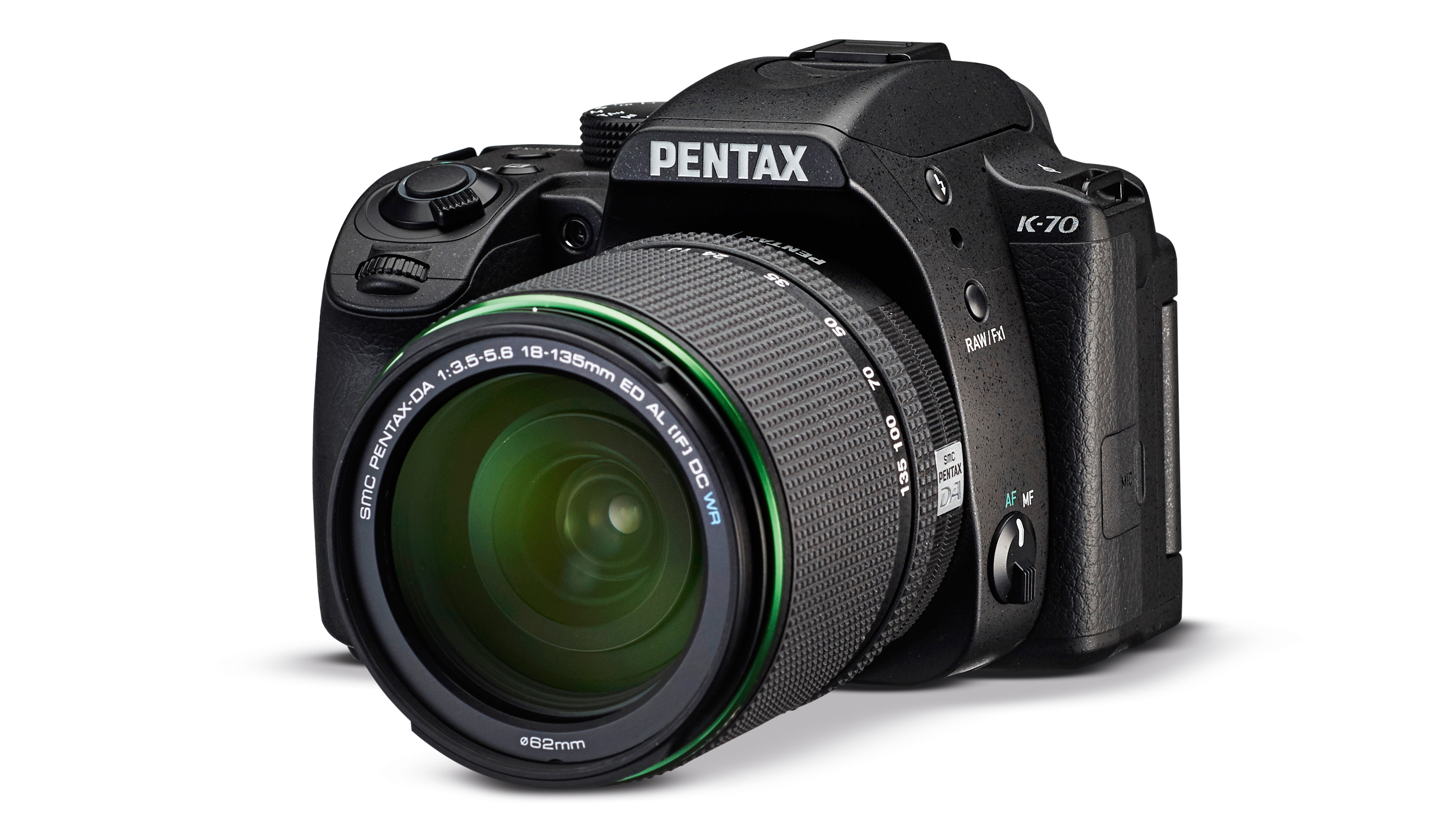
9. Pentax not realizing the K-70 was good
Pentax has produced a procession of APS-C cameras over the years which don't seem to follow a logical chronological order. In 2016, Pentax launched the K-70, a 24MP APS-C D-SLR which not only trumped everything before it technically, but everything that came after it too. It had a flip-out vari-angle screen, basically, and for the first (and last) time, phase detect AF in live view.
Oh, by the way, even now Pentax is the only company to make DSLRs with in-body stabilization, which the K-70 had. The K-70 soon drifted out of sight and off the dealers' shelves as Pentax went on to launch more 24MP APS-C DSLRs that didn't have what the K-70 had. The good news at least is that the Pentax K-70 is back – for now – and at a cheap price. But why did Pentax step back from its first future-facing DSLR and retreat to its technological cave?
Get yourself a great deal on the Pentax K-70

10. Pentax not seeing the K-01’s potential
Does anyone remember the Pentax K-01? The design was quite avant-garde for its time and not unattractive, though it was hard to love the pretend pentaprism on the top which didn't even house an EVF. All the pictures had to be composed on the LCD, which was not uncommon then or now, but grated rather in a camera that looked like it had a viewfinder.
Anyway, the clever – really clever – thing about the K-01 was that it was a mirrorless camera that didn't spawn a whole new lens mount. It just took regular Pentax K lenses as used on the company's DSLRs. Of course, they stuck out just that little bit further because of the DLSR-sized flange distance, but we now live in a future where mirrorless camera/lens combos are mostly just as big as their DSLR counterparts, so who cares?
If you buy a Canon EOS R10 or R7, or a Nikon Z fc, Z50 or Z30, you'll probably end up getting a DSLR adapter anyway just so that you can use some different lenses – and you'll be back where Pentax was ten years ago.
These are the best Pentax cameras you can find
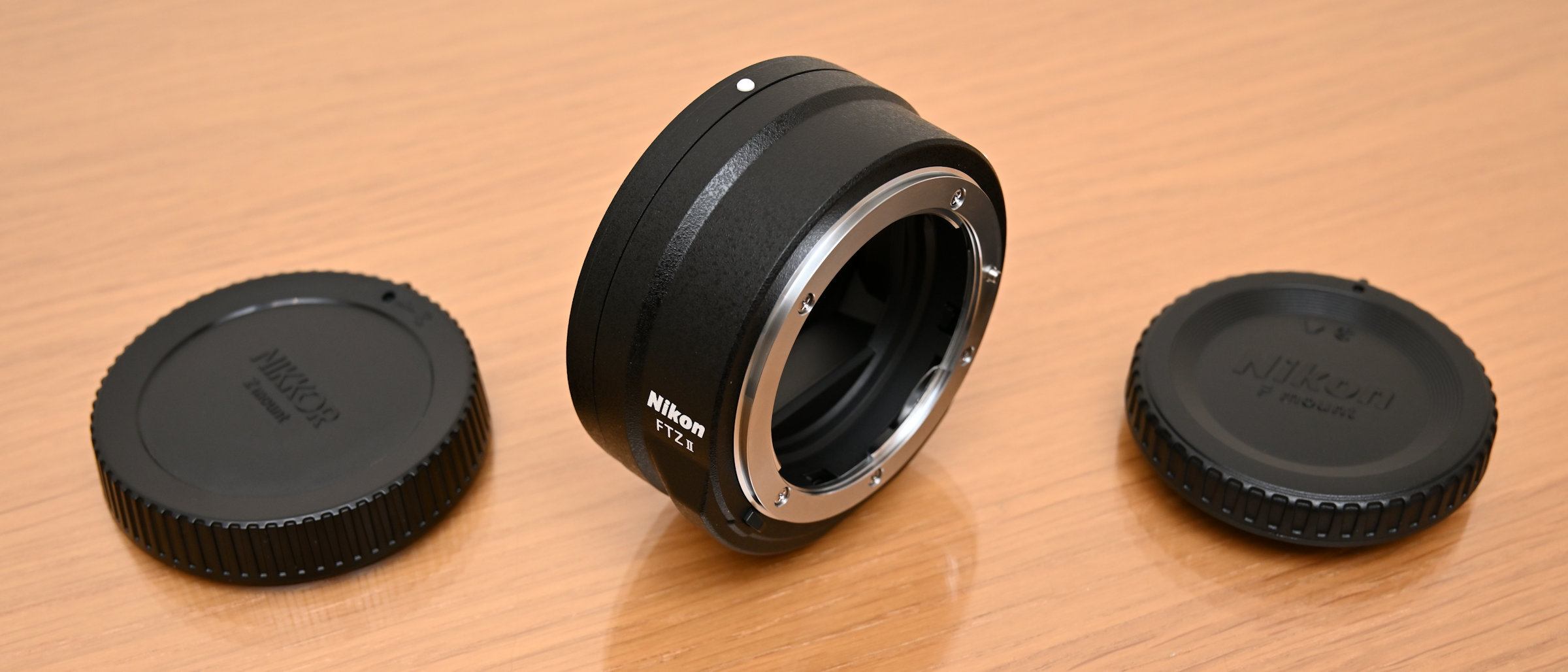
11. Nikon launching 3 new Z DX cameras and just 3 Z DX LENSES
We might already have covered this, but here we go again. Nikon now has three APS-C Z mount cameras and only three native DX-format lenses to go with them. What a change from just five or ten years ago, when Nikon DSLRs were at their height and you could get practically any lens type you wanted.
Are we now locked in a future where interchangeable lenses are just an abstract concept and people only ever use the kit lens that came with the camera? Of course, as Nikon will point out, you can get an FTZ adaptor and use old DX D-SLR lenses, or use big and expensive full frame Nikkor Z lenses. Both of which seem like a hopeless kludge for cameras which surely deserve better.
The best Nikon Z lenses will expand your view!
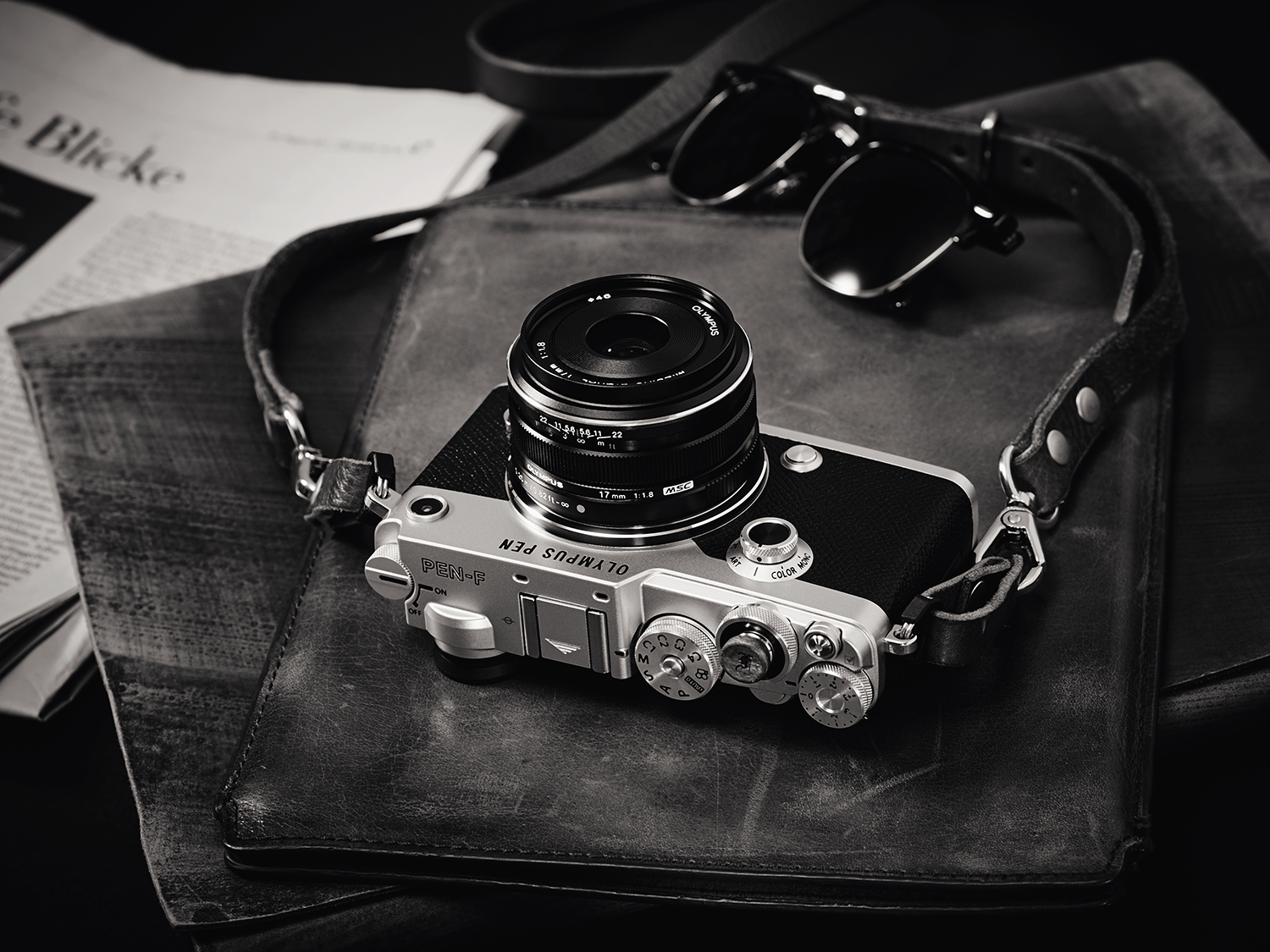
12. Olympus dropping the PEN F: they didn’t know what they had
Released in 2016, the Olympus PEN-F was ahead of its time. It was the first Olympus to feature the 20MP MFT sensor still used today, it had beautiful retro rangefinder styling at a time when the world hadn't yet realized how popular that would be, it had both an EVF and a fully vari-angle rear screen, and a 'Color' dial on the front for accessing a wide array of creative filter effects.
Everyone loved it except, we guess, the public and then, ultimately, Olympus. I should have bought one when I had the chance. I have its spiritual successor, the E-P7, but it's not the same.
Discover the best Olympus cameras (now OM systems)
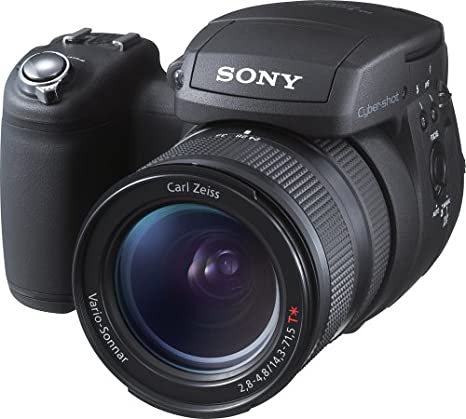
13. Sony dropping the R1: a properly good APS-C bridge camera
Does anyone remember the Sony Cyber-shot DSC-R1? Probably not. Launched in 2005 (yes, 2005!) it was a fixed-lens bridge camera with a Zeiss 24-120mm equivalent lens, a 10MP APS-C format sensor and an oddball design that actually worked.
The lens dominates the whole thing, and the camera body is quite slim – but with a really good grip on the right side. The oddest thing of all was the 'rear' screen, which was actually on a flip-up pivot on the top. It sounds ridiculous, but it actually worked better than today's rear-mounted pivots.
Soon after, Sony switched all of its attention to its Alpha DLSRs and then mirrorless cameras, and the R1 was forgotten. But just imagine if you could buy it today with a modern 24MP CMOS sensor, 4K video and Sony's latest hybrid AF. That really would be something.
The best Sony cameras have certainly come on since 2005
If you're looking for what camera makers have done RIGHT, why not check out the best camera for beginners, and the best professional cameras. If you want to know more about DSLR vs mirrorless cameras, you'll be well served by our expert guides to the best DSLRs and mirrorless models.

Rod is an independent photography journalist and editor, and a long-standing Digital Camera World contributor, having previously worked as DCW's Group Reviews editor. Before that he has been technique editor on N-Photo, Head of Testing for the photography division and Camera Channel editor on TechRadar, as well as contributing to many other publications. He has been writing about photography technique, photo editing and digital cameras since they first appeared, and before that began his career writing about film photography. He has used and reviewed practically every interchangeable lens camera launched in the past 20 years, from entry-level DSLRs to medium format cameras, together with lenses, tripods, gimbals, light meters, camera bags and more. Rod has his own camera gear blog at fotovolo.com but also writes about photo-editing applications and techniques at lifeafterphotoshop.com
